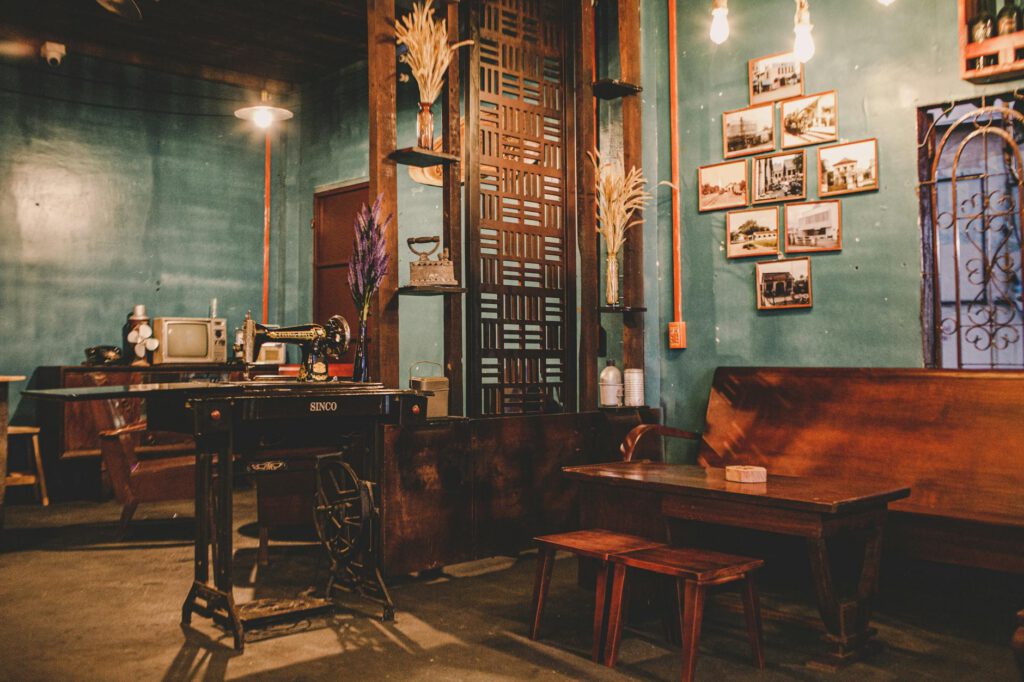****
Introduction
Graduation is a milestone filled with nostalgia—students reflect on late-night study sessions, dorm life, and cherished memories. One unique way to capture these moments is through DIY miniature room decor, tiny replicas of dorm rooms, study spaces, or favorite college hangouts. These miniatures make heartfelt keepsakes for graduates and offer a lucrative opportunity for crafters to sell personalized decor.
In this guide, we’ll explore how to create and market miniature room decor tailored to nostalgic grads. From design inspiration to selling strategies, you’ll learn actionable steps to turn this creative hobby into a profitable venture.
Why Miniature Room Decor Appeals to Graduates
Miniatures evoke nostalgia by encapsulating meaningful spaces in a tiny, tangible form. For graduates, a miniature dorm room or study nook serves as a sentimental reminder of their academic journey. These pieces also make unique gifts from parents, friends, or even self-purchases to commemorate achievements.
The demand for customized, handcrafted decor is rising, especially among millennials and Gen Z, who value personalization and sustainability. By tapping into this trend, crafters can create a niche market with high emotional and monetary value.
Subtopic 1: Designing Miniature Room Decor That Resonates
Key Themes to Consider
To make your miniatures stand out, focus on designs that reflect common college experiences:
- Dorm Rooms – Tiny beds, desks, string lights, and mini posters of favorite bands.
- Study Corners – Mini books, laptops, coffee cups, and sticky notes.
- Campus Landmarks – Replicas of libraries, cafeterias, or iconic university buildings.
- Hobby Spaces – Music rooms, art studios, or gaming setups for grads with specific interests.
Example: A Custom Mini Diorama
Imagine crafting a personalized dorm room diorama for a grad who loved astronomy. You could include:
– A tiny telescope by the window
– Starry wall decals
– A mini notebook with constellation doodles
Such details make the piece feel uniquely theirs, increasing its sentimental and market value.
Subtopic 2: Step-by-Step Guide to Crafting Miniatures
1. Gather Materials
You don’t need expensive supplies—many items can be repurposed:
– Cardboard, foam board, or wood for base structures.
– Acrylic paint & brushes for detailing.
– Miniature furniture kits (or DIY using clay, popsicle sticks).
– LED fairy lights for added ambiance.
2. Sketch Your Design
Plan the layout before assembling. Measure proportions to ensure furniture fits naturally.
3. Assemble the Room
- Build walls and floors first.
- Paint or add wallpaper.
- Position furniture and decor.
4. Add Personal Touches
- Print tiny photos of the grad.
- Use real fabric scraps for bedding.
- Handwrite mini notes for authenticity.
5. Finalize & Seal
Apply a clear sealant to protect the piece from dust and wear.
Tools, Tips & Resources for Success
Must-Have Tools
- Precision knife & cutting mat – For clean edges.
- Tweezers & glue applicators – Handling tiny parts.
- Miniature molds – For creating small decor items.
Pro Tips
- Use scale references (1:12 is standard for dollhouses).
- Photograph your work in good lighting for listings.
- Offer customization – Let buyers choose colors or themes.
Where to Sell
- Etsy – Great for handmade crafts.
- Instagram & Pinterest – Visual platforms attract buyers.
- Local craft fairs – Connect with sentimental shoppers.
FAQs About DIY Miniature Room Decor
1. How long does it take to make one miniature room?
Depending on complexity, a basic diorama takes 4-6 hours, while detailed builds may require 10+ hours.
2. What’s the average price range?
Simple miniatures sell for $30-$60, while custom, intricate designs can go for $100+.
3. How do I ship fragile miniatures safely?
- Use bubble wrap and foam inserts.
- Double-box for extra protection.
- Mark packages as “Fragile.”
4. Can I take custom orders?
Yes! Offer personalization options like school colors, initials, or specific furniture requests.
Conclusion
DIY miniature room decor is more than a craft—it’s a way to preserve cherished memories for graduates. By focusing on personalization, quality, and storytelling, you can create pieces that resonate emotionally and sell successfully.
Whether you’re a hobbyist or an aspiring seller, this niche combines creativity with profitability. Start small, experiment with designs, and soon, you could be crafting miniature masterpieces that grads treasure for years.
Ready to begin? Gather your supplies, brainstorm themes, and let your tiny creations make a big impact!

